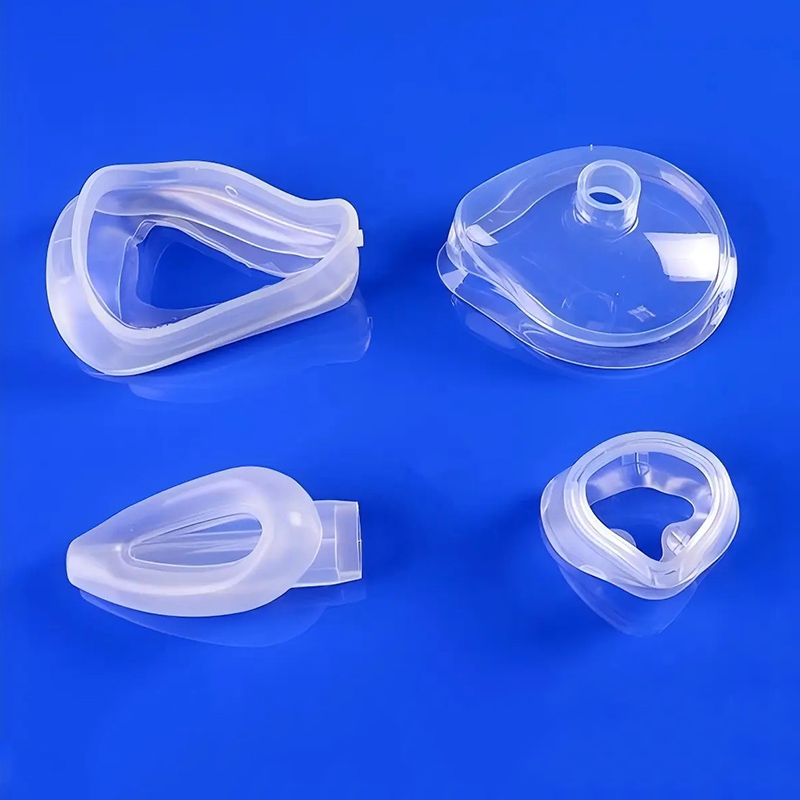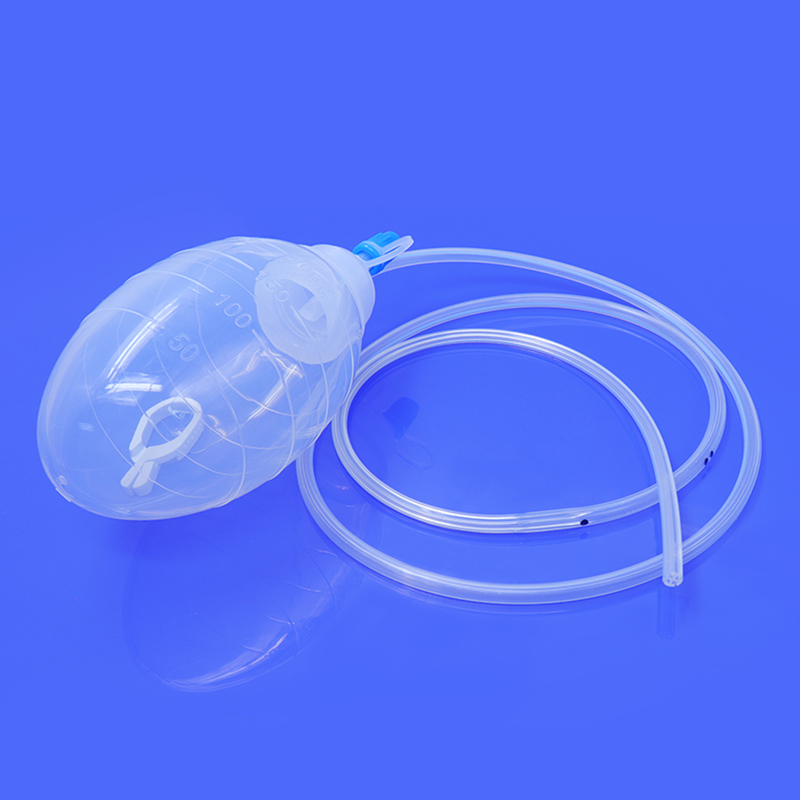How to choose between silicone compression molding and LSR molding techniques?
2025-08-11
Silicone compression molding and LSR molding are two commonly used processes for silicone products. The following comparison will help our customers choose the appropriate process for their products.
![]()
1. Manufacturing Process
Solid silicone raw material is placed in a heated mold cavity. Pressurization forces the material to fill the mold. The mold is then vulcanized at high temperature to set the shape.
Features: The process is relatively simple, but it relies on manual labor. The molding time is typically 5-15 minutes, making it suitable for thick-walled or large parts.
Liquid silicone injection molding:
Liquid silicone is injected into a sealed mold under high pressure using an injection molding machine. It rapidly vulcanizes within the mold within a few seconds to tens of seconds.
Features: Fully automated production with high precision, suitable for complex and delicate products such as medical supplies.
![]()
2. Material
Compression molding: Solid HCR silicone is used, with a hardness range of 20-80 Shore A and requires the addition of a vulcanizing agent.
Liquid silicone rubber molding: This liquid cures after mixing components A and B. It is soft (10-40 Shore A) and exhibits excellent fluidity.
3. Cost and Scrap Rate
Initial Investment:
Silicone hot press molding: A single press costs 50,000–150,000 RMB. The equipment is inexpensive, the molds are simple.
Liquid silicone molding: This requires a dedicated injection molding machine and precision molds, costing 500,000-2,000,000 RMB.
Mass Production Cost:
Silicone rubber compression molding: High labor costs and a scrap rate of approximately 5-10%.
LSR: Automation reduces labor costs, resulting in a scrap rate of less than 1%, making it suitable for high-volume production.

4. Applicable Applications
Silicone compression molding:
Simple structural products or thick-walled parts such as silicone gaskets and kitchenware handles.
Large flat products or relatively simple designs such as industrial seals.
Low-cost prototypes or small-batch production.
Typical Applications: Automotive weatherstrips, iron soleplates, and simple silicone buttons.
![]()
LSR injection molding:
Products with complex and delicate structures, such as baby pacifiers and contact lenses.
Thin-walled or miniaturized parts, thickness <1mm
High precision requirements, dimensional tolerance ±0.05mm
Typical applications: Medical device seals, electronic waterproof connectors, optical lenses

Compression Molding Vs. LIM
| Compression Molding | LSR molding | |
| Output | <10, 000 units/year (small batch production) | >100, 000 units/year (large batch production) |
| Complexity | Simple structure | Complex inserts |
| Precision | General (±0.2mm) | High (±0.05mm) |
| Budget | <¥200, 000 | Equipment & mold >¥500, 000 |



